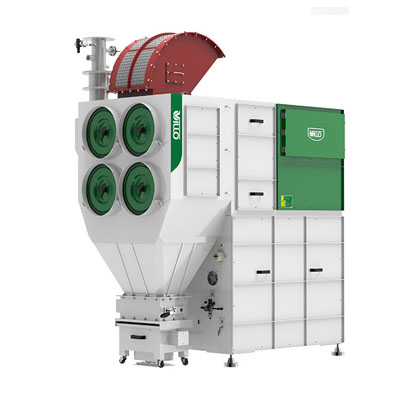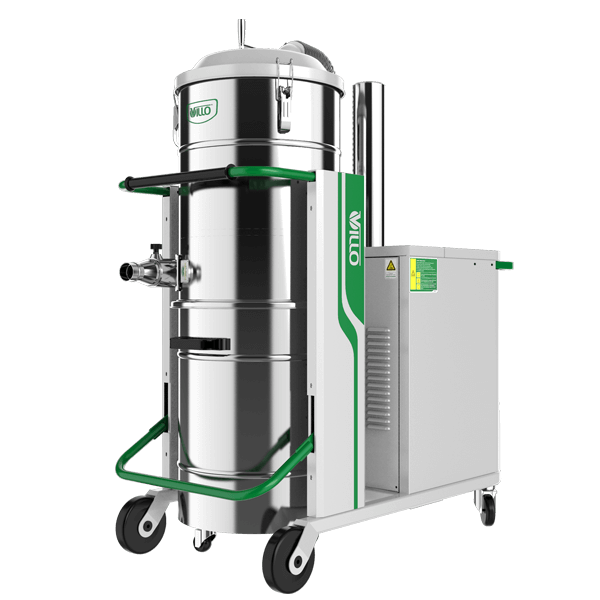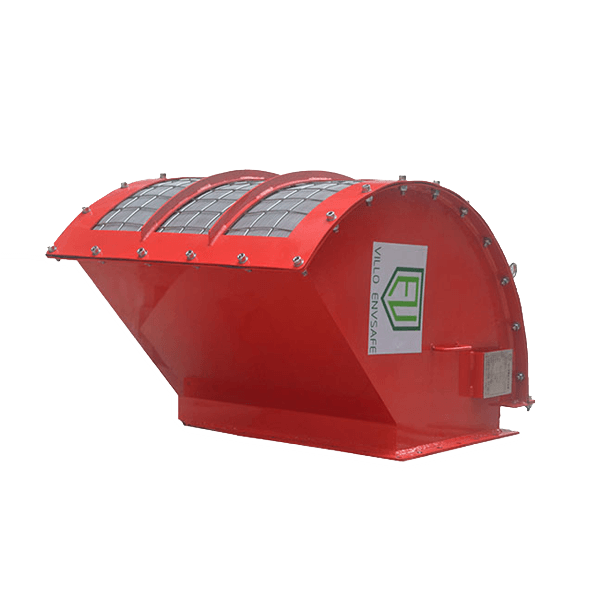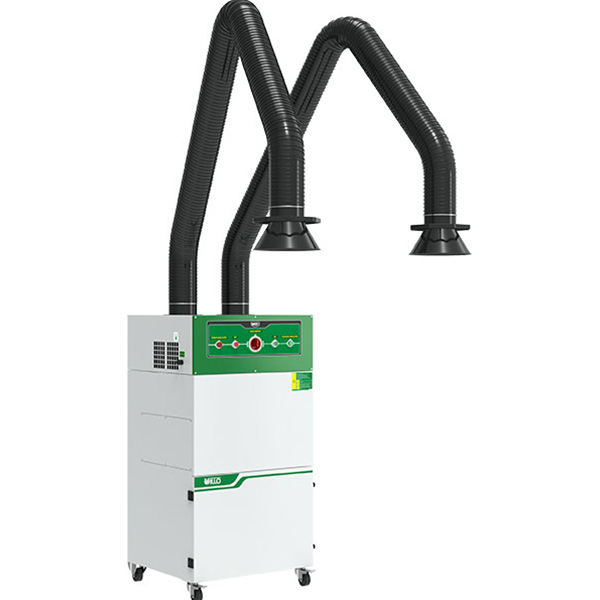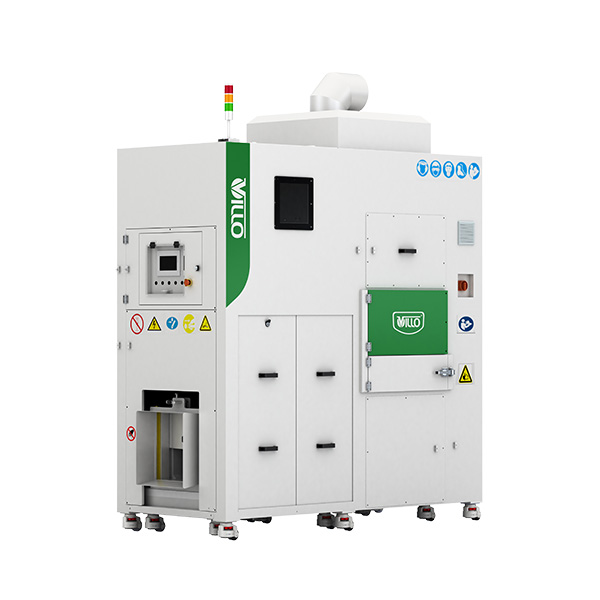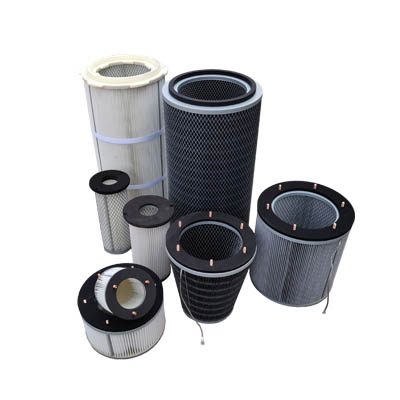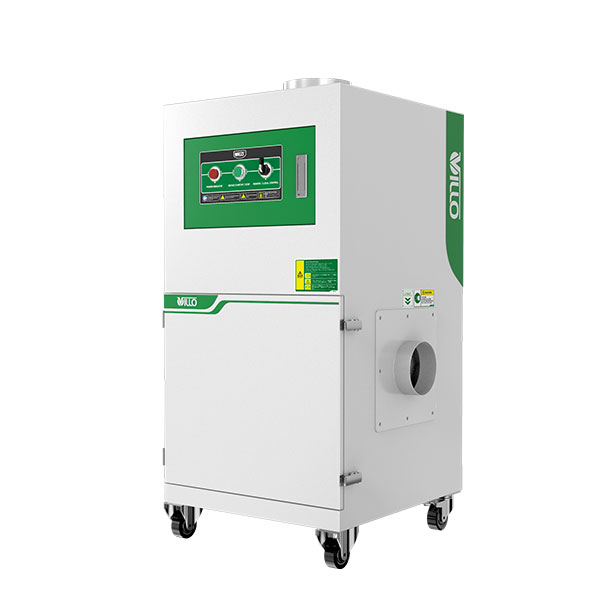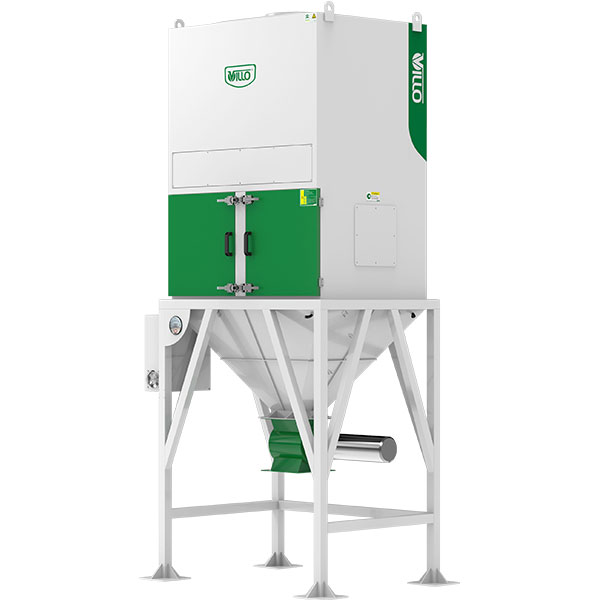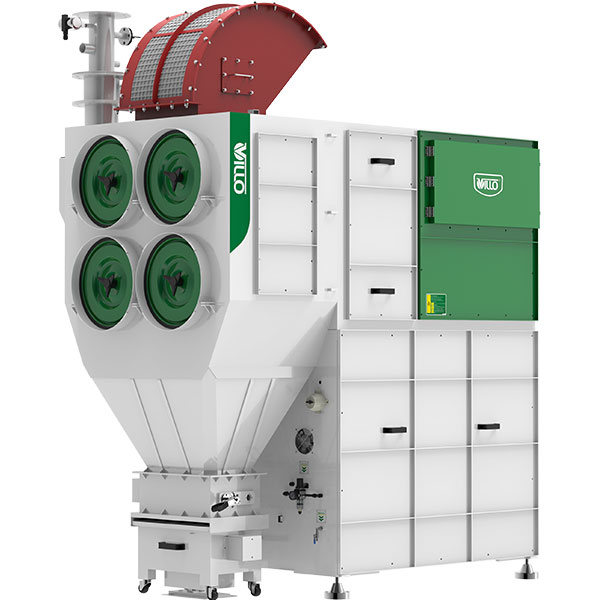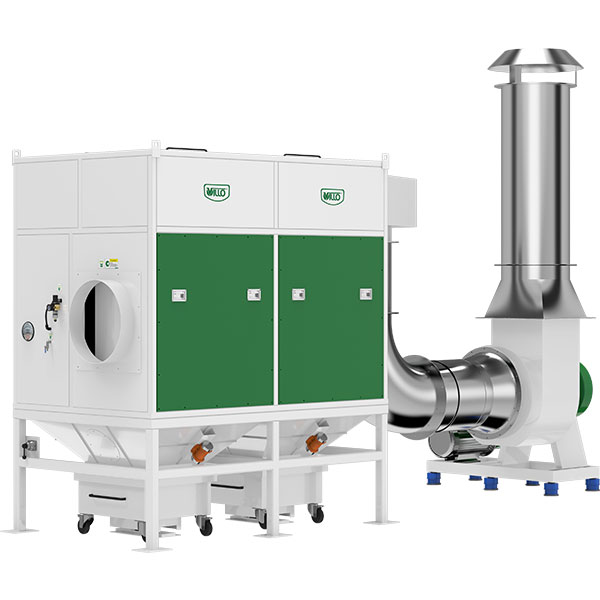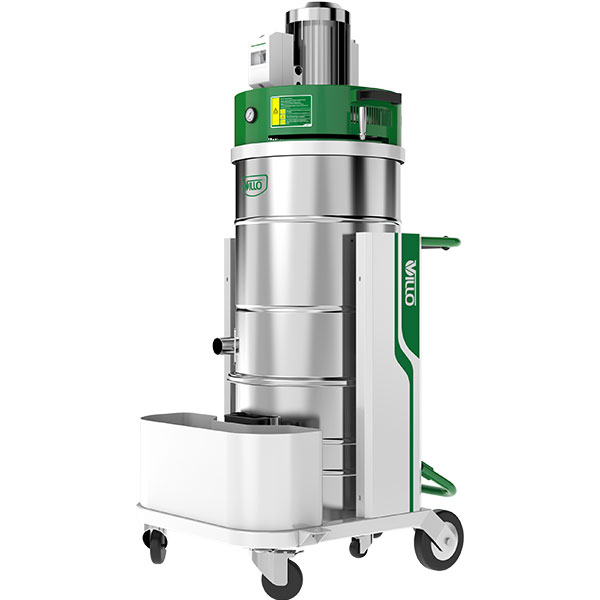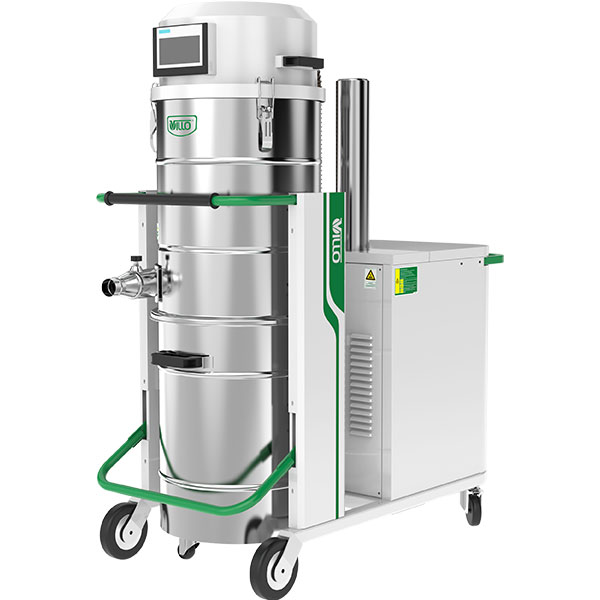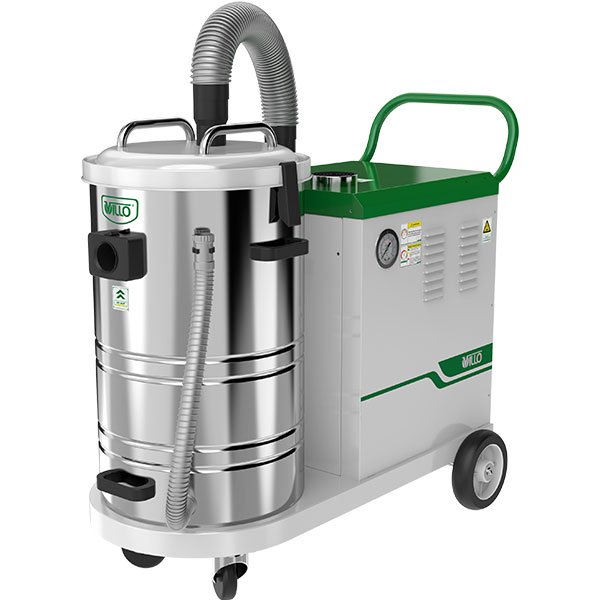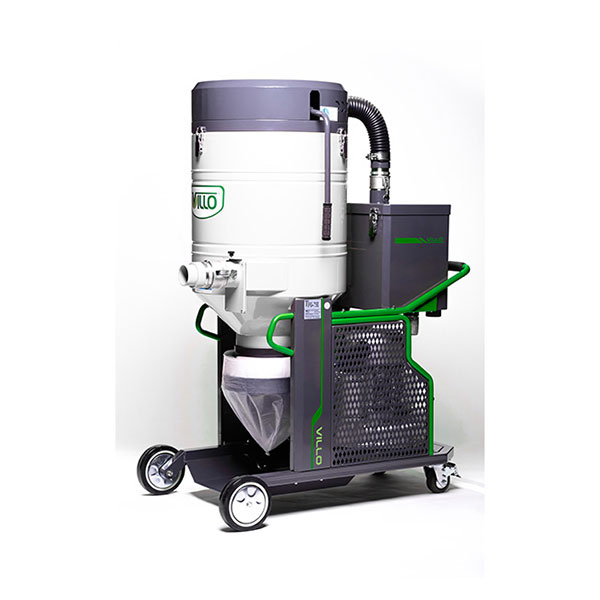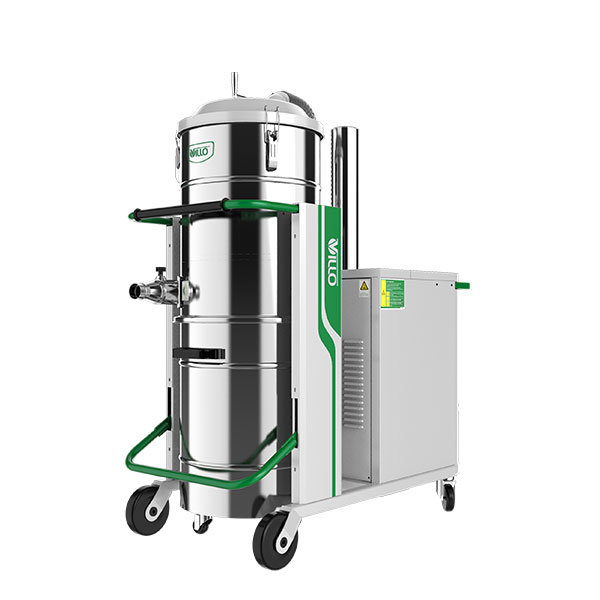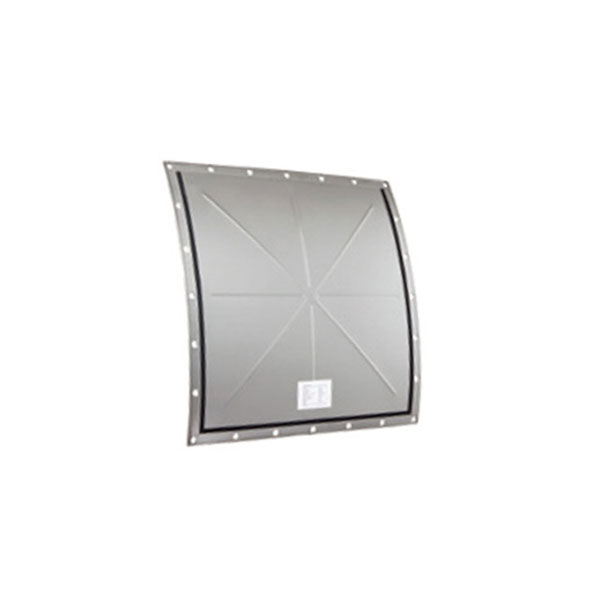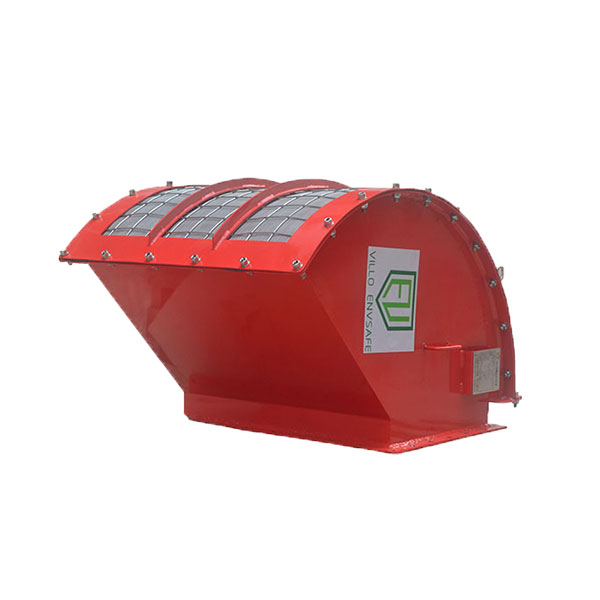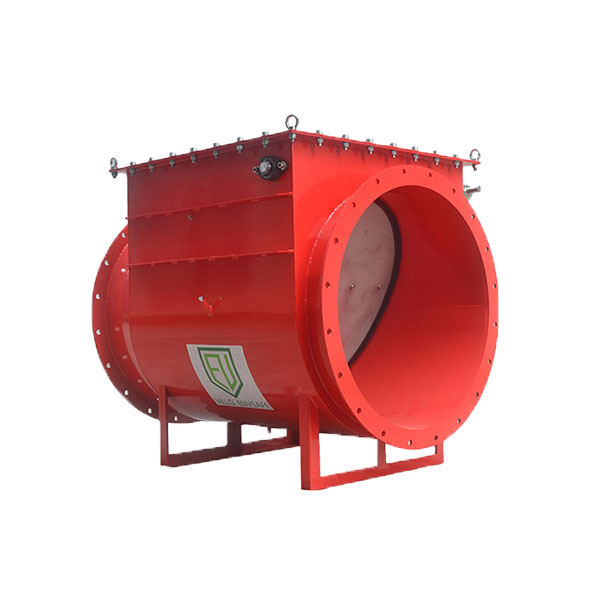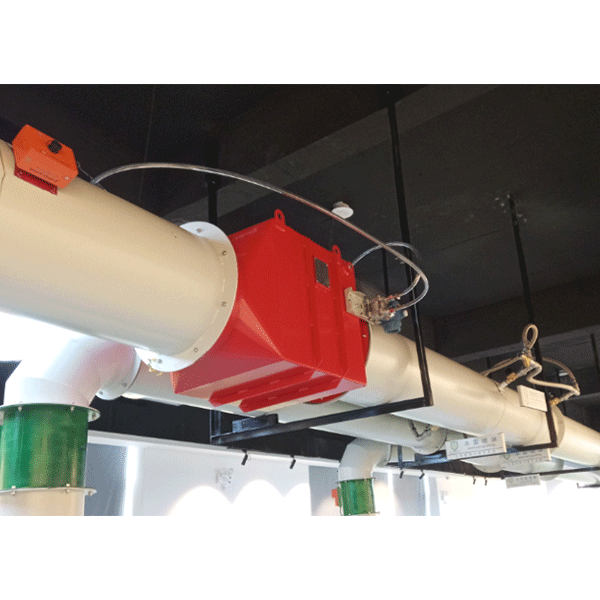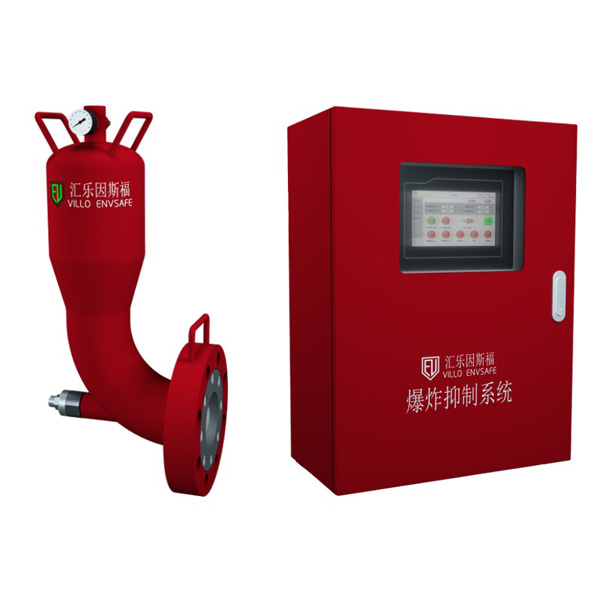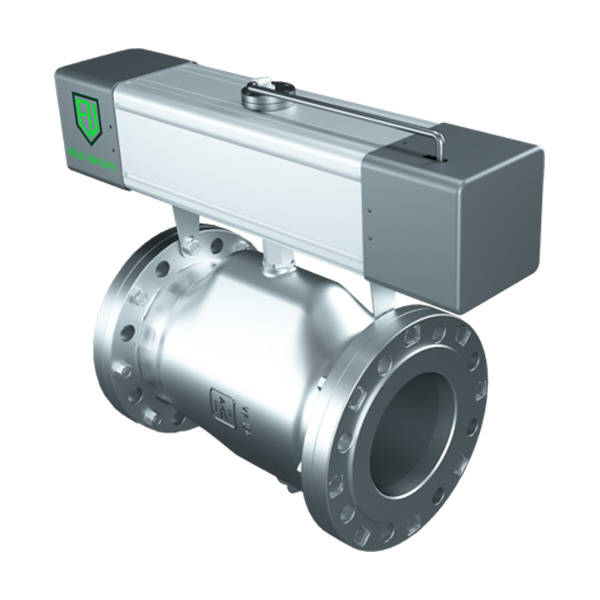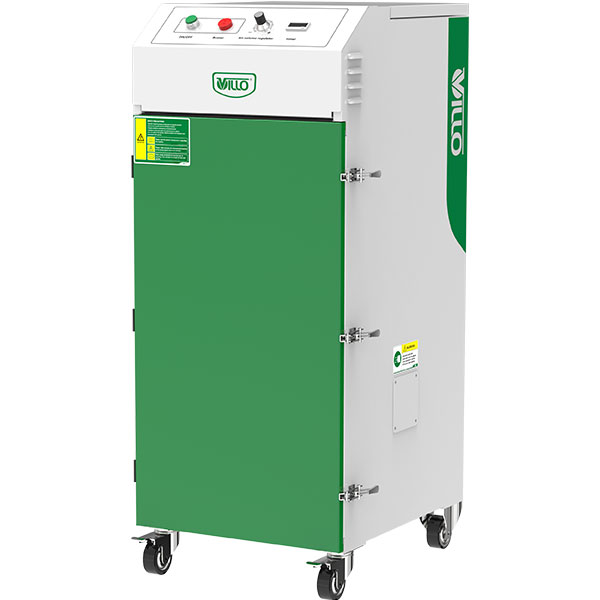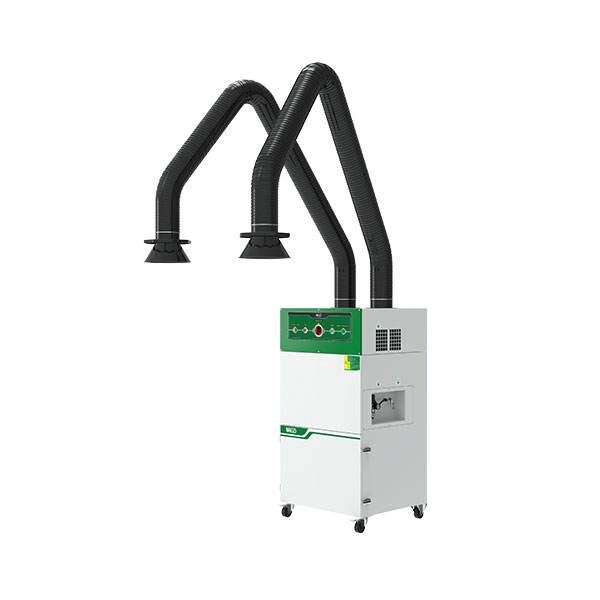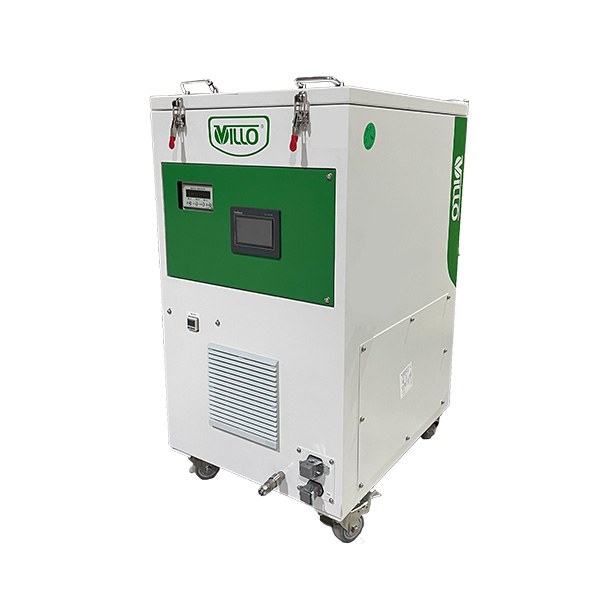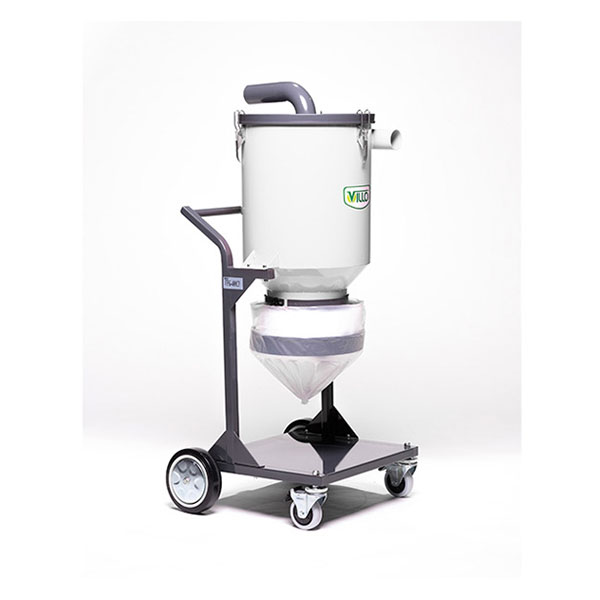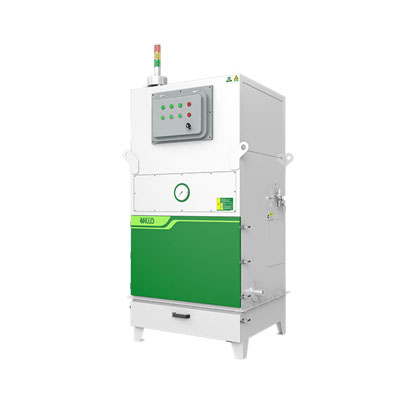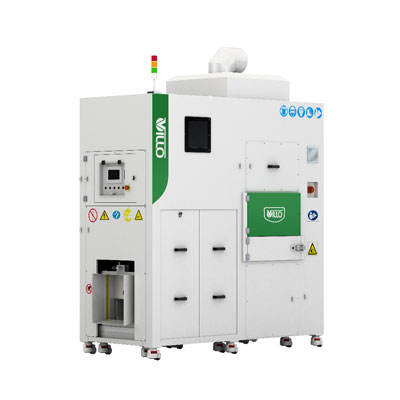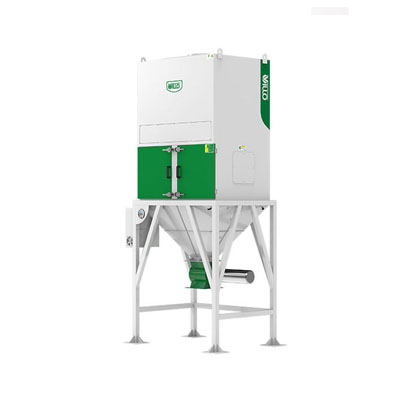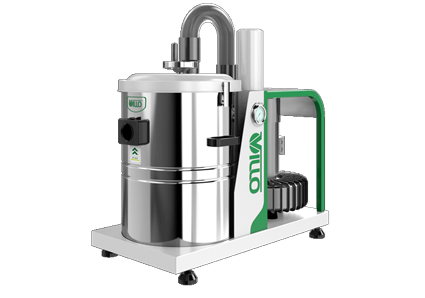Introduction
In industrial and woodworking environments, maintaining air quality is paramount for the health and safety of workers and the efficiency of operations. Dust collection systems play a crucial role in achieving this goal by effectively removing dust and airborne particles. These systems are comprised of various components working together to capture, filter, and dispose of dust generated during industrial processes. This article provides an overview of what a dust collection system is, its components, and how it functions to improve air quality and overall workplace conditions.
What Is a Dust Collection System
A dust collection system is a mechanism used in industrial and woodworking settings to enhance air quality by removing dust and other airborne particles from the environment. It typically consists of several components:
Dust Collector Unit: This is the central component of the system, usually housed in a dedicated enclosure. It contains filters or other methods for capturing dust particles.
Ductwork: A network of pipes or ducts that transport the dust-laden air from various sources (such as woodworking machinery or other industrial processes) to the dust collector unit.
Hood or Capture Device: Positioned near the source of dust generation, these devices capture the dust and direct it into the ductwork. They can take various forms depending on the application, such as hoods, enclosures, or flexible arms.
Filtering System: Dust collectors often use filters to trap dust particles as the contaminated air passes through. These filters can be made of various materials such as fabric, paper, or cartridges. Some systems may also incorporate cyclone separators or electrostatic precipitators for more efficient particle removal.
Fan or Blower: A fan or blower creates the necessary airflow to draw the contaminated air through the ductwork and filters into the dust collector unit.
Disposal Mechanism: Once the dust is collected, it needs to be disposed of properly. This can involve emptying dust bins or bags, or in some cases, the dust may be compacted or disposed of in a controlled manner.
The primary purpose of a dust collection system is to improve air quality and reduce the health risks associated with exposure to airborne particles. Taking explosion-proof dust collection systems for example, these systems also help to maintain a cleaner work environment, reduces equipment maintenance costs, and can even enhance overall productivity by minimizing downtime caused by dust-related issues.
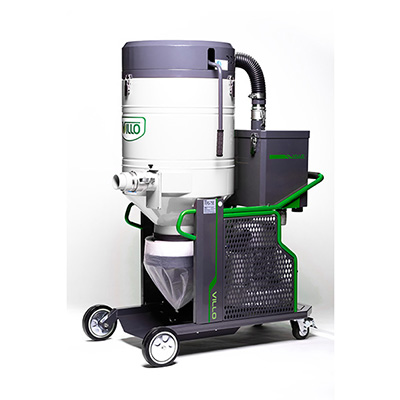
How Does a Dust Collection System Work
A dust collection system, like sawmill dust collection systems, works by capturing dust and other airborne particles generated during various industrial processes, such as woodworking, metalworking, or manufacturing. Here's how it typically operates:
Capture: Dust and particles are generated at the source, such as from cutting, sanding, or grinding operations. A hood or capture device is positioned near these sources to capture the dust before it disperses into the surrounding air.
Transportation: The captured dust-laden air is then drawn into the dust collection system through a network of ducts or pipes. This network directs the contaminated air from multiple sources towards the central dust collector unit.
Filtration: As the dust-laden air enters the dust collector unit, it passes through a series of filters or other separation mechanisms. These filters are designed to trap and retain the dust particles while allowing clean air to pass through.
Separation: Depending on the type of dust collector, there may be additional separation mechanisms such as cyclone separators or electrostatic precipitators. These devices further remove particles from the airflow before it reaches the filters, improving overall efficiency.
Collection: The dust particles accumulate within the dust collector unit, either in a collection bin, bag, or hopper, depending on the design of the system.
Disposal: Periodically, the collected dust needs to be disposed of to prevent the system from becoming overloaded. This can involve emptying bins or bags, or in some cases, the dust may be compacted or disposed of in a controlled manner.
Clean Air Exhaust: Once the dust is removed from the airflow, the clean air is discharged back into the environment or recirculated within the facility. This helps to maintain a healthier and safer working environment for employees.
By continuously capturing and removing dust particles from the air, a dust collection system helps to improve air quality, reduce the risk of respiratory problems, minimize equipment damage, and maintain a cleaner and more productive workspace.
Conclusion
Dust collection systems are essential for maintaining air quality and ensuring a safe and productive workplace in industrial and woodworking settings. By capturing and removing dust and airborne particles, these systems mitigate health risks, reduce equipment maintenance costs, and enhance overall productivity. Understanding the components and functioning of dust collection systems is crucial for implementing effective measures to improve air quality and workplace conditions.

 EN
EN
 ja
ja  ko
ko  fr
fr  de
de  ru
ru 